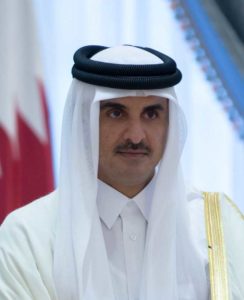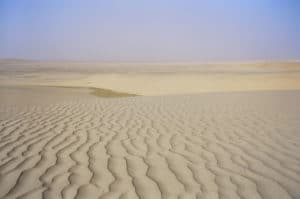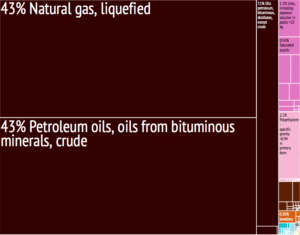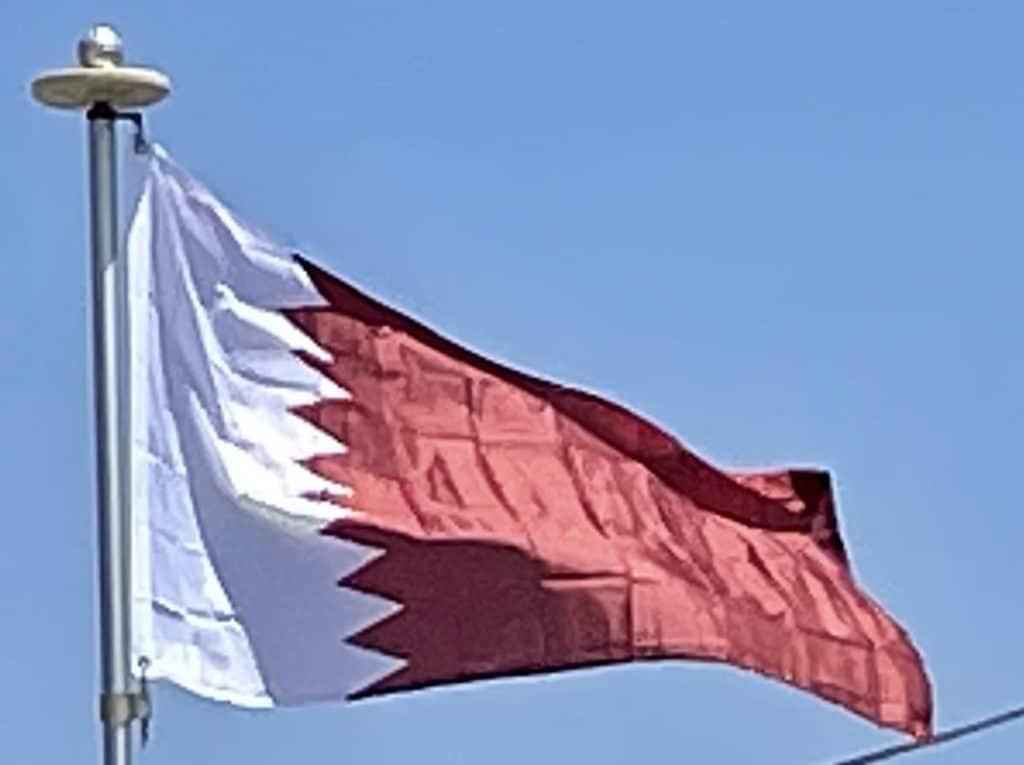
In June 2013, Sheikh Tamim bin Hamad Al Thani became the Emir of Qatar after his father handed over power in a televised speech. Sheikh Tamim has prioritized
improving the domestic welfare of citizens, which includes establishing advanced healthcare and education systems, and expanding the country’s infrastructure in preparation for the hosting of the 2022 World Cup.
Qatar participated in the Saudi Arabian-led intervention in Yemen against the Houthis and forces loyal to former President Ali Abdullah Saleh, who was deposed in the 2011 Arab Spring uprisings.
The increased influence of Qatar and its role during the Arab Spring, especially during the Bahraini uprising in 2011, worsened longstanding tensions with Saudi Arabia, the neighboring United Arab Emirates (UAE), and Bahrain. In June 2017, Egypt, Saudi Arabia, United Arab Emirates, and Bahrain cut off diplomatic relations with Qatar, citing the country’s alleged support of groups they considered to be extremist. This has resulted in increased Qatari economic and military ties with Turkey and Iran.
Geography:
The Qatari peninsula protrudes 160 kilometers (100 mi) into the Persian Gulf, north of Saudi Arabia. Most of the country consists of a low, barren plain, covered with sand. To the southeast lies the Khor al Adaid (“Inland Sea”), an area of rolling sand dunes surrounding an inlet of the Persian Gulf. There are mild winters and very hot, humid summers.

The highest point in Qatar is Qurayn Abu al Bawl at 103 meters (338 ft) in the Jebel Dukhan to the west, a range of low limestone outcroppings running north–south from Zikrit through Umm Bab to the southern border. The Jebel Dukhan area also contains Qatar’s main onshore oil deposits, while the natural gas fields lie offshore, to the northwest of the peninsula.
Economy:
Before the discovery of oil, the economy of the Qatari region focused on fishing and pearl hunting. After the introduction of the Japanese cultured pearl onto the world market in the 1920s and 1930s, Qatar’s pearling industry crashed. Oil was discovered in Qatar in 1940, in Dukhan Field. The discovery transformed the state’s economy. Now, the country has a high standard of living for its legal citizens. With no income tax, Qatar (along with Bahrain) is one of the countries with the lowest tax rates in the world. The unemployment rate in June 2013 was 0.1%. Corporate law mandates that Qatari nationals must hold 51% of any venture in the emirate.

As of 2016, Qatar has the fourth highest GDP per capita in the world, according to the International Monetary Fund. It relies heavily on foreign labor to grow its economy, to the extent that migrant workers compose 86% of the population and 94% of the workforce. The economic growth of Qatar has been almost exclusively based on its petroleum and natural gas industries, which began in 1940. Qatar is the leading exporter of liquefied natural gas. In 2012, it was estimated that Qatar would invest over $120 billion in the energy sector in the next 10 years. The country was a member state of Organization of Petroleum Exporting Countries (OPEC), having joined in 1961, and having left in January 2019.
